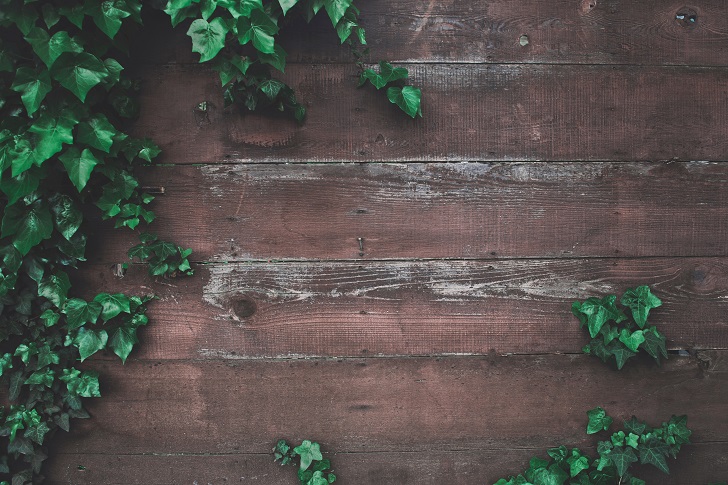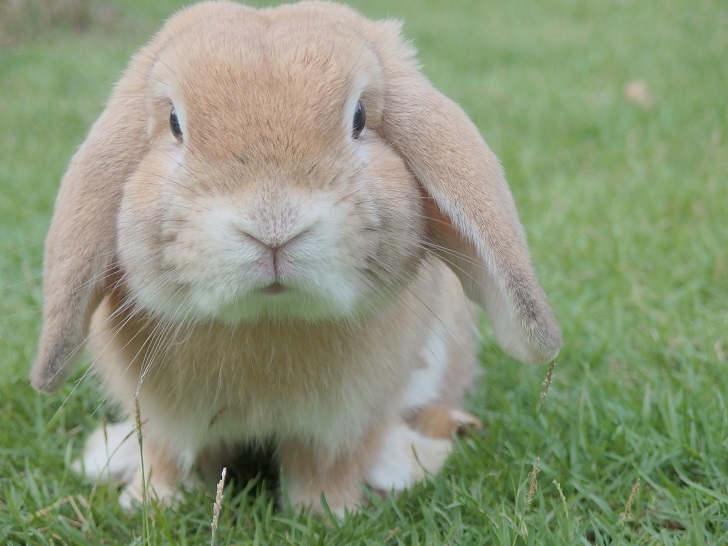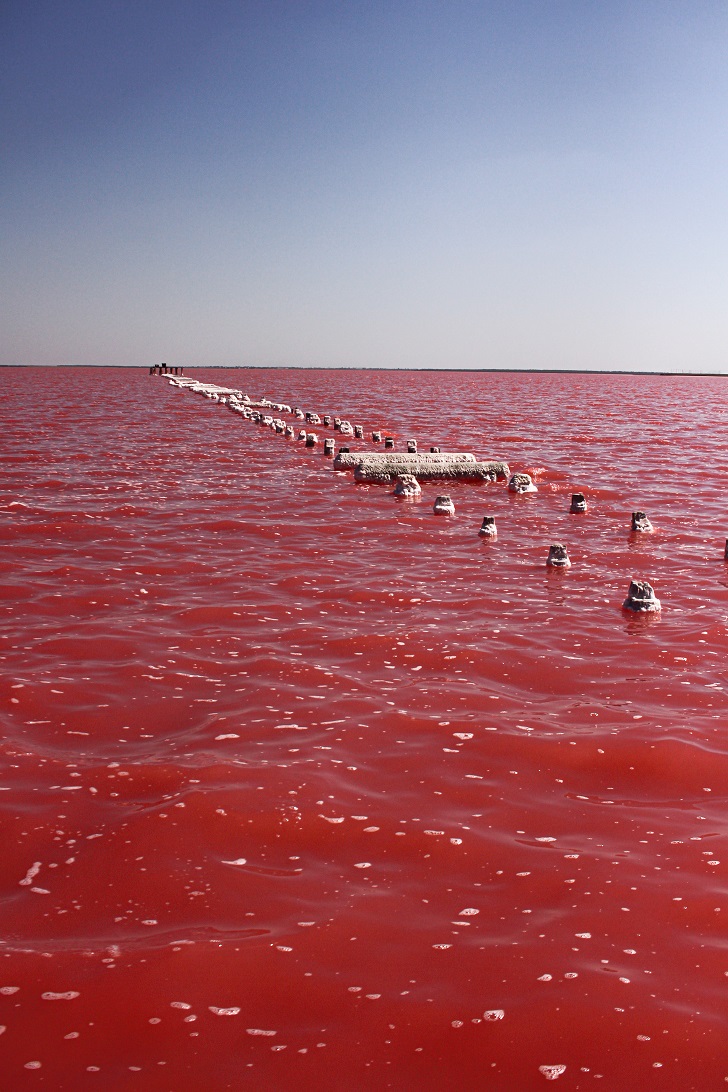Poison Garden, England
The Poison Garden, situated at Alnwick garden in England, is indeed beautiful to look at but it has plants that could probably kill you.The Alnwick’s Garden of north England has acres of colorful plants and flowers, where visitors can stroll, smell and touch the natural beauty of the locale.

Tim Mossholder/Unsplash. Poison Garden in England hosts a number of dangerous plants, which can cause serious harm to people.
But inside the Alnwick Garden, the Poison garden is home to a hundred extremely dangerous plants. Visitors are prohibited from smelling, touching, or tasting any of them but people still fall victim to their beauty. A number of people faint by smelling the flowers at the Poison Garden every year, but no one has actually died from doing so.

Waranya Mooldee/Unsplash. Rabbit Island in Japan is rife with rabbits and no one know how they got here.
Blood Falls, Antarctica
The Blood Falls, situated in McMurdo Dry Valley, Antarctica is home to a five-story waterfall, where it flows from Taylor Glacier into Lake Bonney. What is weird about this waterfall is its blood red color, which seems to be spilling out from a gash in the glacier. The secret behind the blood-like quality of the water? Its saltiness.
Rabbit Island, Japan
Situated in the Inland Sea of Japan is Okonoshima, also called the Rabbit Island. It’s a fairly small island, with around two and a half miles of area to be explored on foot. With its grassy terrain, beach resorts and natural beauty, the area is far from a typical island. The island is rife with hundreds of feral European rabbits, and no one really knows how they got there.
According to some theories, Okunoshima was once a place where the Japanese government tested poisonous gases in secret. The area was populated with rabbits as test subjects to study the effects of these chemical weapons, and it is speculated that the current population of the rabbits on the island are the descendants of those poor test rabbits.

Dmitriy Ostretsov/Unsplash. Lake Natron sometimes turns red due to a volcano nearby, which makes its water extremely alkaline.
Lake Natron, Africa
Lake Natron is situated in the north of Tanzania. The unique trait of Natron Lake is its ability to sometimes turn red. The reason behind this red lake is the extreme alkaline nature of the lake water, due to the presence of a nearby volcano. The lake is also responsible for the deaths of many animals and birds, and this is why it is called Tanzania’s Red lake of Death.

